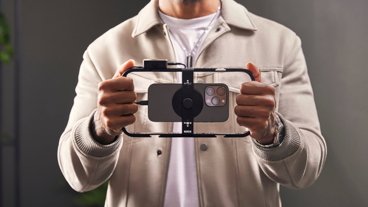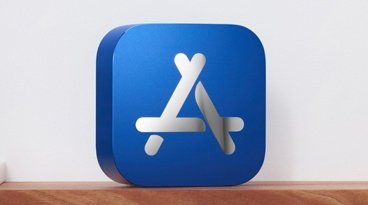AT&T partners with Alcatel, Ericsson for 2011 LTE deployment
AT&T's Long Term Evolution network will deliver higher broadband throughput and lower latency than the company's existing 3G network. Trials for the new network are expected to start later this year, and new 3G equipment provided by the companies will be easily convertible to LTE. This will allow AT&T to upgrade existing equipment and software, rather than install new equipment to transition to LTE.
"The selection of Alcatel-Lucent and Ericsson is an important step forward in our ongoing mobile broadband strategy, which is focused on delivering the best possible combination of speed, performance and available devices for customers at every level of technology deployment," said John Stankey, president and CEO, AT&T Operations. "AT&T has a key advantage in that LTE is an evolution of the existing GSM family of technologies that powers our network and the vast majority of the world's global wireless infrastructure today."
Competitor Verizon also has plans to adopt LTE in the future. The transition is expected to cost U.S. carriers an estimated $1.78 billion each in the first year alone. Verizon, too, has entered into partnerships with Alcatel-Lucent and Ericsson for its own LTE network.
The agreement with AT&T designates Alcatel-Lucent and Ericsson as the domain suppliers for its Radio Access Network Domain. The multi-year agreement covers radio access equipment that will be deployed at multiple sites across AT&T's network in preparation for the LTE expansion.
Preparation in 2010 for LTE, along with improvements to AT&T's 3G network, will be a part of between $18 billion and $19 billion in capital expenditures for the company this year.
Last year, AT&T deployed high-speed 3G High Speed Packet Access 7.2 technology to a number of cities across the U.S. By the end of 2011, the theoretical 7.2Mbps download speeds are expected to be available to 90 percent of its existing 3G coverage areas.
Currently, the iPhone is only available on GSM networks. While SIM card-based phones are the standard internationally, carriers such as Verizon and Sprint in the U.S. use CDMA-based networks.
But Verizon's adoption of LTE could change that. Unlike the artificial split between North America and the rest of the world today, a large number of both domestic and international carriers plan to move to LTE within the next few years, including AT&T and T-Mobile USA.
If LTE catches on, the switch could let Apple build iPhones that stay with one core technology but which could be used worldwide with no real compromise. But with wide LTE deployment not planned until 2011, it is unlikely a LTE-capable iPhone would arrive before then.
 Katie Marsal
Katie Marsal

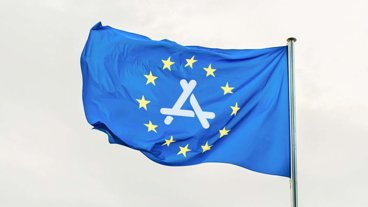
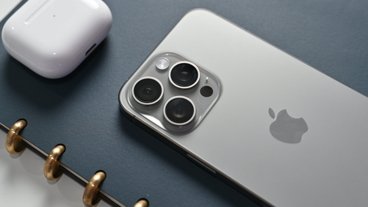
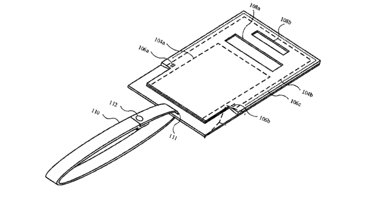





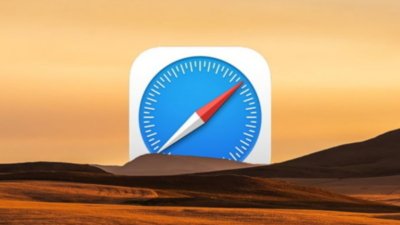
 Chip Loder
Chip Loder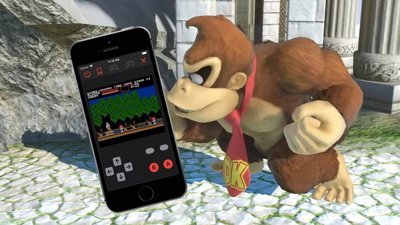
 Wesley Hilliard
Wesley Hilliard
 Malcolm Owen
Malcolm Owen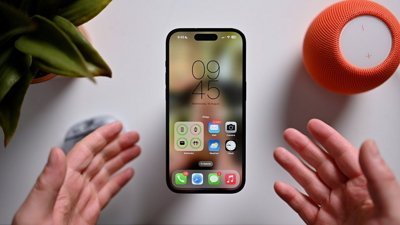
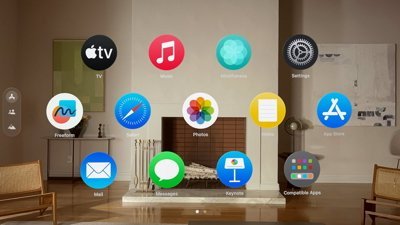
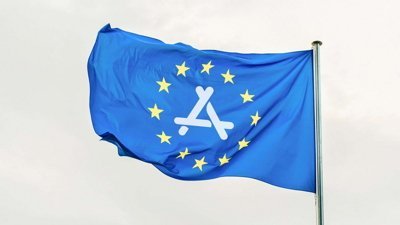
 William Gallagher
William Gallagher

 Christine McKee
Christine McKee
